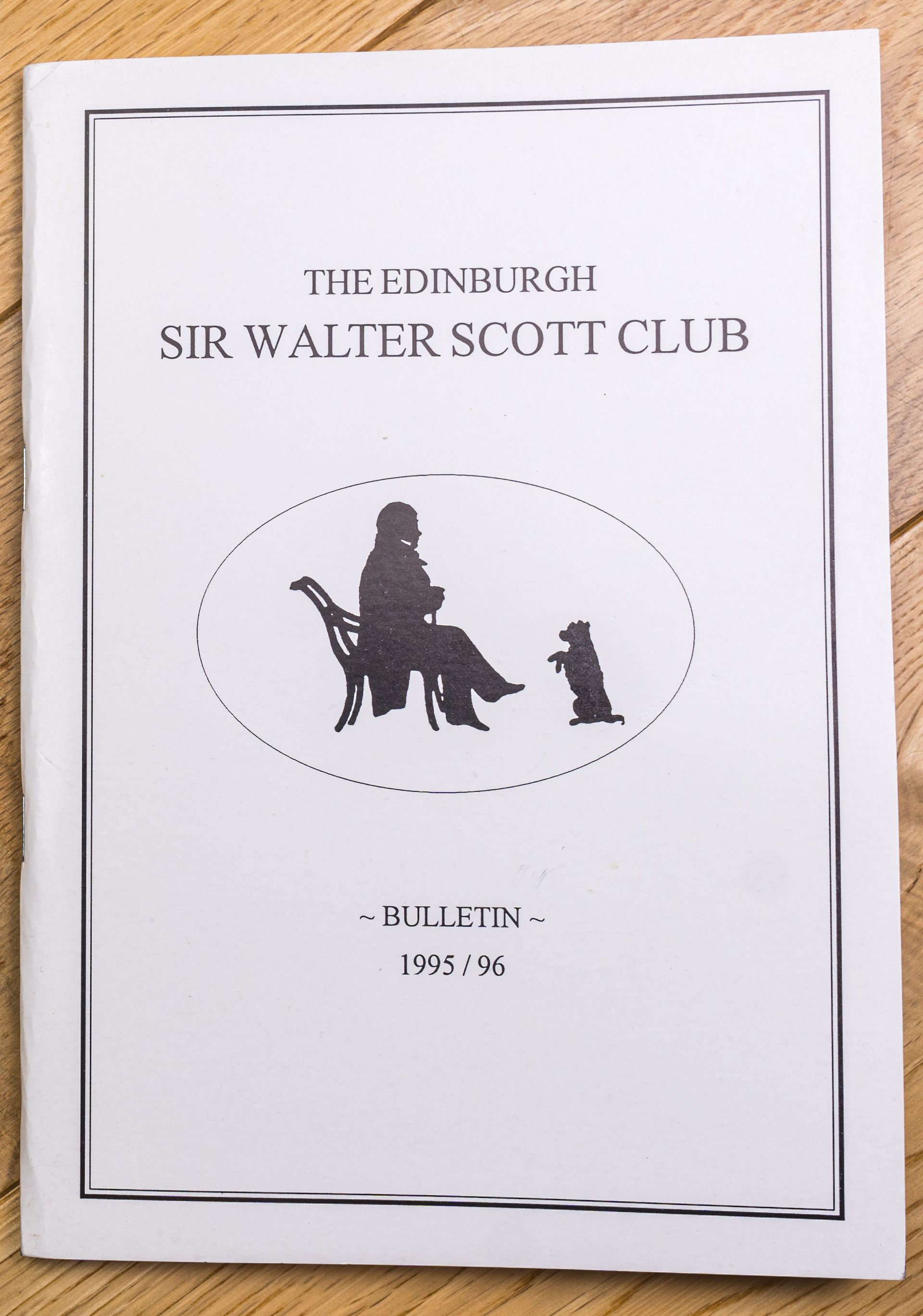Scott’s Treatment of the Past
May 1998
Summary of the Talk:
Professor Ian Campbell’s talk explores how Sir Walter Scott blended the past with the present in his life and work. Scott’s library at Abbotsford, filled with relics of history, symbolizes this fusion of past and present. Scott himself led a life that combined historical fiction with active participation in the contemporary social, legal, and political world. He used his writing to reimagine the past, not in a nostalgic way, but in a way that fit into the evolving present.
Scott’s method of writing about history was not about recreating it slavishly, but about infusing it with the passions and experiences of his own time. In Waverley, he cleverly blended conventional historical plots with unexpected elements, creating a narrative that resonated with the readers of his time. Scott’s characters from the past were always depicted as figures whose emotions and principles were relatable to contemporary readers.
One of Scott’s secrets was his ability to evoke the past with sufficient detail, yet leave much to the imagination of his readers. He consciously worked within the constraints of historical accuracy but used imaginative license to bring the past alive in a way that engaged readers.
Scott acknowledged that the past was evolving and that people, like his characters, had to adapt to change. His novels show the progression of society, where older generations, like the character of Rob Roy, have to accept their place in a changing world, and newer generations, like Alan and Darsie, embrace modernity.
The idea of "hoc age" (live in the moment) ran through his works, and in his life, Scott worked at many things simultaneously, much like his characters did. His stories often end without neat resolutions, showing the complexity of living through change and the necessity of adaptation.
Interesting Points:
- Scott’s Creative Process: Scott did not work in a linear fashion; he wrote many things at once, often relying on the blending of ideas from different sources. This reflects the nature of his own creative mind, which was constantly at work.
- Historical Realism vs. Imagination: Scott did not aim for historical accuracy alone. Instead, he recreated the past by blending authentic historical details with emotional realism, making the past relevant to the present-day reader.
- Adapting to Change: Scott’s novels focus on the inevitability of change, showing characters who adapt (or fail to adapt) to the evolving world around them. The contrast between old and new, tradition and progress, is a key theme in his work.
- Character Evolution: The characters in Scott’s novels reflect the tension between the past and the present. For instance, Rob Roy symbolizes the old world, and Alan and Darsie represent the new world emerging from the past.
- Living in the Moment: The concept of hoc age (live in the moment) is pivotal to Scott's life and work. It demonstrates his belief in embracing the present, even as he reflected on and drew from the past.
Download the [Transcript] or Read the [Bulletin]

Download the [Transcript] or Read the [Bulletin]


